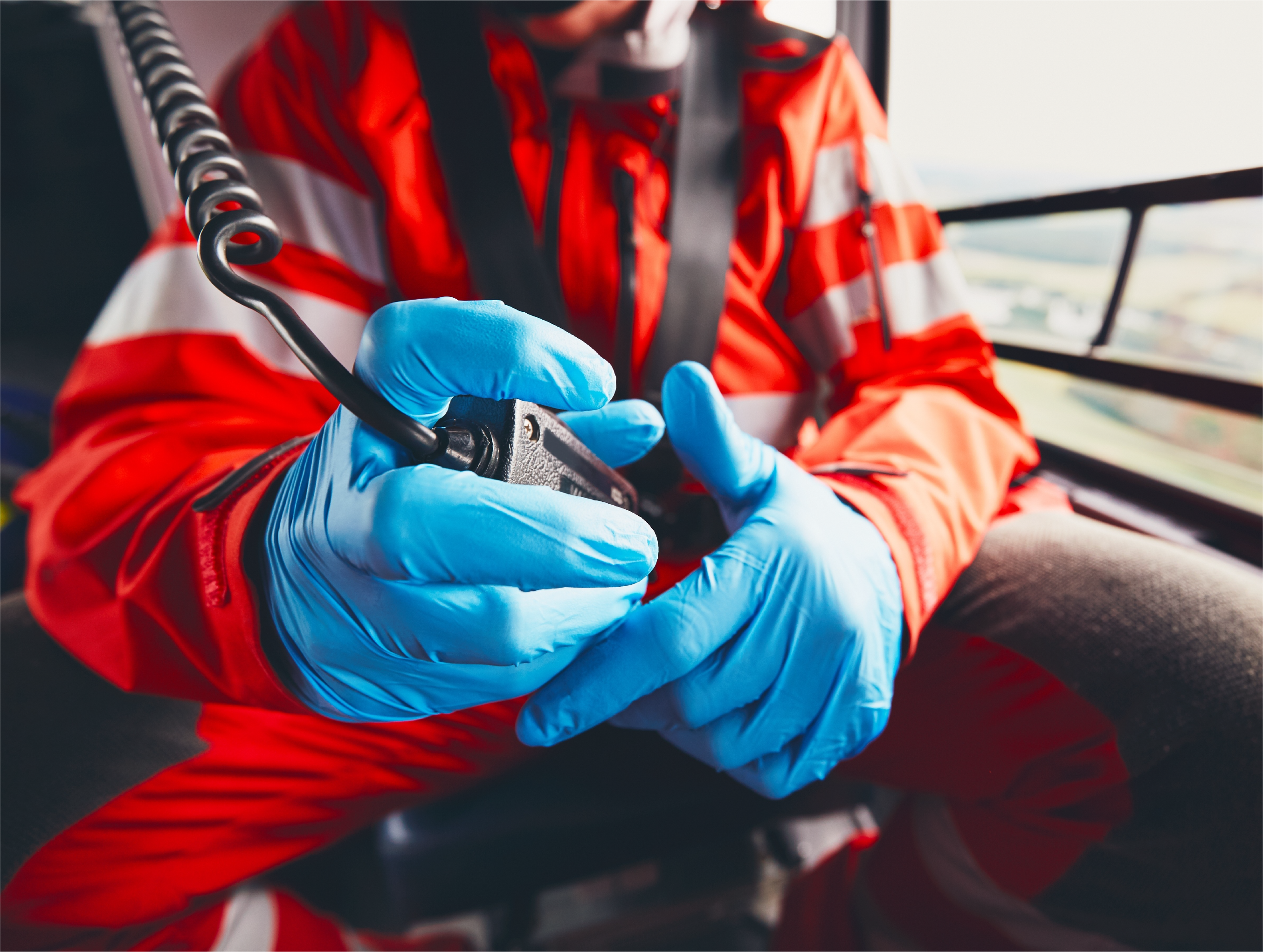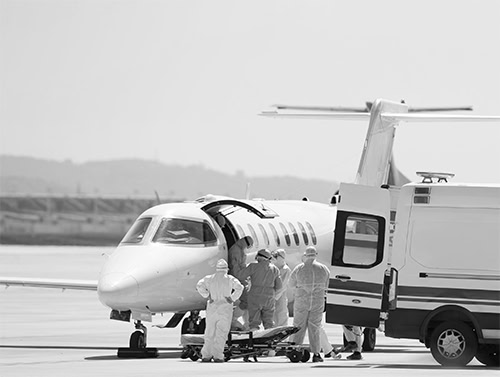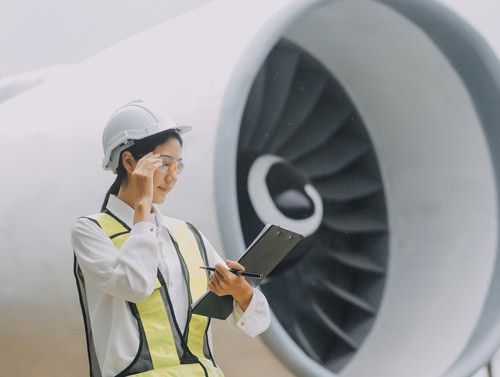How Air Ambulances Operate: Understanding the Basics
Air ambulances are an essential part of modern emergency medical services. They provide immediate transportation for critically ill or injured patients to advanced medical facilities. The aircrafts used vary depending on the specific requirements of the patient, the distance and terrain involved, and availability. Helicopters and fixed-wing planes are the most common types of aircraft used for air ambulance services.
Designed to care
Smaller aircraft that typically operate as private jets are adapted or re-designed to accommodate medical equipment and personnel. By reducing seating capacity, air ambulances have more space to store medical equipment and provide additional room for the medical team to work. They also have specialized air conditioning and heating systems to maintain a comfortable temperature for the patient and medical staff.
The communication systems allow for uninterrupted consultation between the air ambulance crew and ground-based medical personnel, ensuring that the patient receives the best possible care throughout the journey.
State-of-the-art technology
Regardless of the type, these aircrafts are equipped to care for and treat patients with complex medical conditions. As the spaces within the air ambulances are quite confined and the circumstances are very different from the ground emergency services the equipment on board should meet the standards regarding vibration, shock, and electromagnetic compatibility.
One of the most important pieces of equipment in an air ambulance is the patient monitoring system. This system monitors the patient’s vital signs, including heart rate, blood pressure, and oxygen saturation levels. This information is critical for the medical team to ensure appropriate treatment for the patient while in transit.
Another essential piece of equipment on board air ambulances is a ventilator. This machine helps to support a patient’s breathing, providing oxygen to the lungs and removing carbon dioxide. Patients who require critical care often have difficulty breathing on their own, and the ventilator can help to support their respiratory function until they reach a medical facility for further treatment.
Air ambulances are also equipped with advanced cardiac life support (ACLS) equipment, including defibrillators, pacemakers, and medications to treat heart arrhythmias. These devices are used to manage heart attacks and other cardiovascular emergencies that can occur during transport.
In the case of patients whose heart and lungs are unable to sustain the required blood oxygen level, the ECMO (Extracorporeal Membrane Oxygenation) unit is the lifesaver.
Based on the available medical history of the patient and the nature of injury/trauma at the time, the required medical equipment is boarded ensuring that no eventuality becomes life-threatening.
In addition to medical equipment, air ambulances also carry a range of medications to treat a variety of conditions. These include pain relievers, antibiotics, adrenalin, propofol, beta-blockers, anticoagulants, and other emergency medications to manage conditions such as diabetes, asthma, and seizures.
Trained & experienced medical professionals
The medical staff on board air ambulances are highly trained in critical care and emergency medicine. They include paramedics, nurses, and physicians who specialize in emergency medicine. These medical professionals work closely with the patient monitoring system to assess the patient’s condition and determine the appropriate treatment plan. They work closely with ground-based medical personnel to coordinate care and ensure that the patient is stable throughout the entire transport process.
Air ambulances also have the capability to transport organs and tissues for transplant. They are equipped with special containers and refrigeration units to preserve organs and tissues during transport, ensuring that they remain viable for transplantation.
In conclusion
Air ambulances can cover long distances in a short amount of time while providing a smooth and stable ride. This is particularly important for patients with serious injuries or medical conditions. One of the best forms of rapid response systems for medical emergencies, air ambulances can be deployed quickly, allowing medical professionals to provide life-saving care to patients in remote or hard-to-reach locations.



